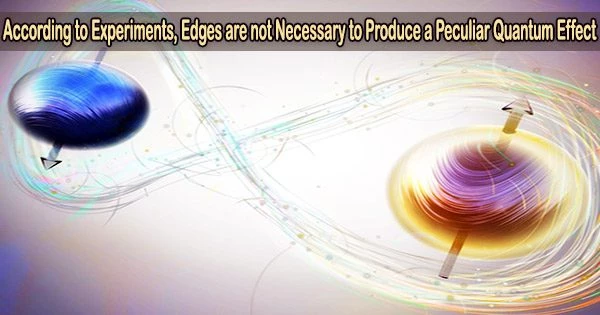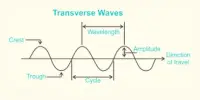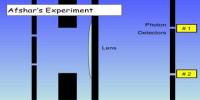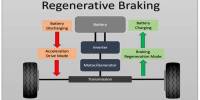For the first time, RIKEN physicists have produced an unusual quantum state in a structure with a disk-like form, demonstrating that edges are not necessary. The realization of additional unique electronic behavior is made possible by this demonstration. Their findings are published in Nature Physics.
The three traditional forms of matter solid, liquid, and gas have long since lost their relevance in physics. A wide range of exotic states of matter have been discovered thanks to improved theoretical knowledge of quantum processes in crystals and the development of sophisticated experimental techniques to investigate and detect them.
The topological insulator, a type of crystalline solid with radically different properties on its surfaces than in the rest of the material, is a well-known illustration of this. The most well-known example of this phenomenon is how topological insulators conduct electricity on their surfaces but insulate within.
Another manifestation is the so-called quantum anomalous Hall effect.
Our demonstration of Laughlin charge pumping in a quantum anomalous Hall insulator uses a disk-shaped device without edge channels connecting the two electrodes. Our result raises the possibility that other exciting electronic phenomena can be realized in quantum anomalous Hall materials.
Minoru Kawamura
The traditional Hall effect, which has been around for more than a century, occurs when an electric current that is running through a conductor is diverted off a straight line by a magnetic field that is applied at a right angle to the current. This deflection produces a voltage across the conductor (and a corresponding electrical resistance).
In some magnetic materials, this phenomenon can arise even when a magnetic field is not applied, which is called the anomalous Hall effect.
“The anomalous Hall resistance can become very large in topological insulators,” explains Minoru Kawamura of the RIKEN Center for Emergent Matter Science. “At low temperatures, the anomalous Hall resistance increases and reaches a fundamental value, while the resistance along the current direction becomes zero.” This is the quantum anomalous Hall effect, and it was first observed in the lab nearly a decade ago.
In a quantum anomalous Hall insulator, Kawamura and his colleagues have now shown a phenomena called Laughlin charge pumping.
The group created a disk with a donut shape using layers of various magnetic topological insulators. The response of the device’s electric current to an alternating magnetic field produced by metal electrodes placed on its inner and outer curves was then measured.
The researchers observed that this field led to electric charge accumulating at the ends of the cylinder. This is Laughlin charge pumping.
The rectangular devices utilized in earlier quantum anomalous Hall insulator demonstrations had borders connecting the electrodes. The quantum anomalous Hall insulator was believed to be supported by electronic states in these edges.
But the team’s finding overturns this assumption. “Our demonstration of Laughlin charge pumping in a quantum anomalous Hall insulator uses a disk-shaped device without edge channels connecting the two electrodes,” says Kawamura. “Our result raises the possibility that other exciting electronic phenomena can be realized in quantum anomalous Hall materials.”
















